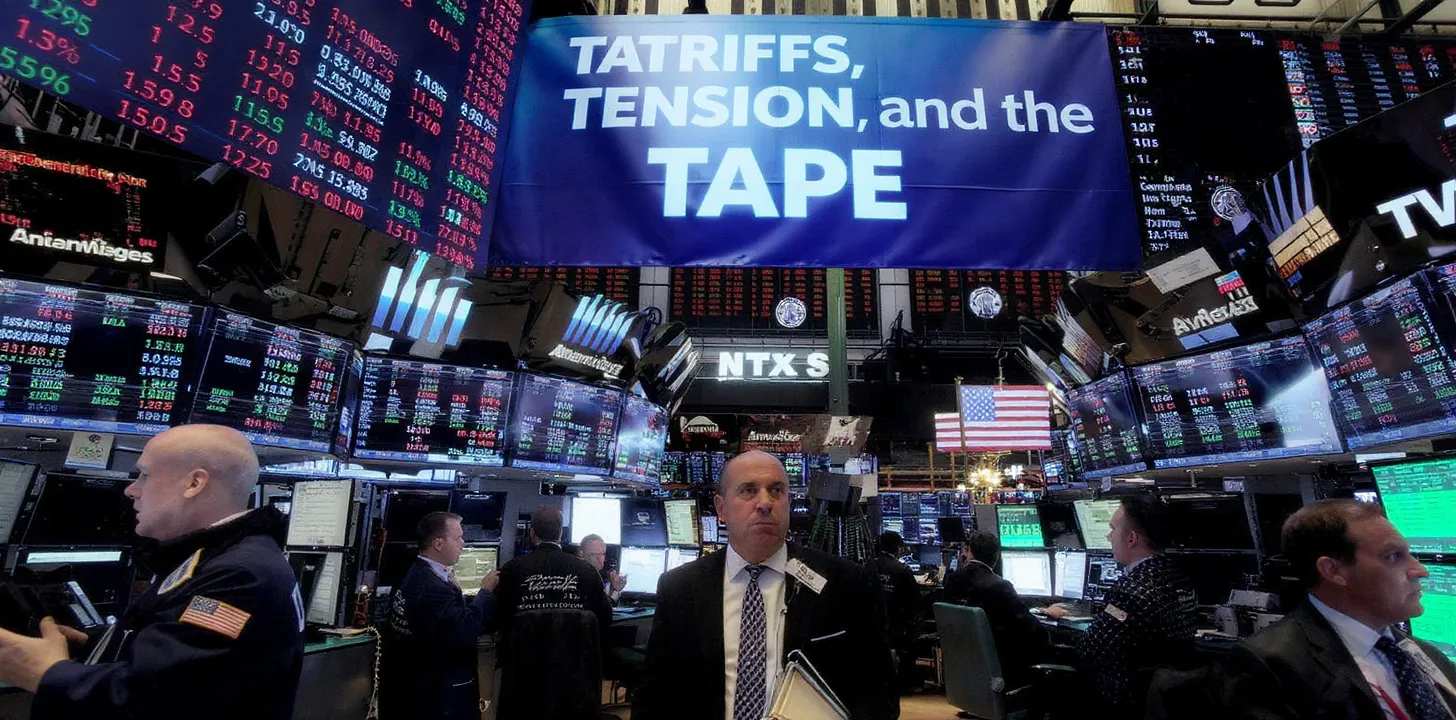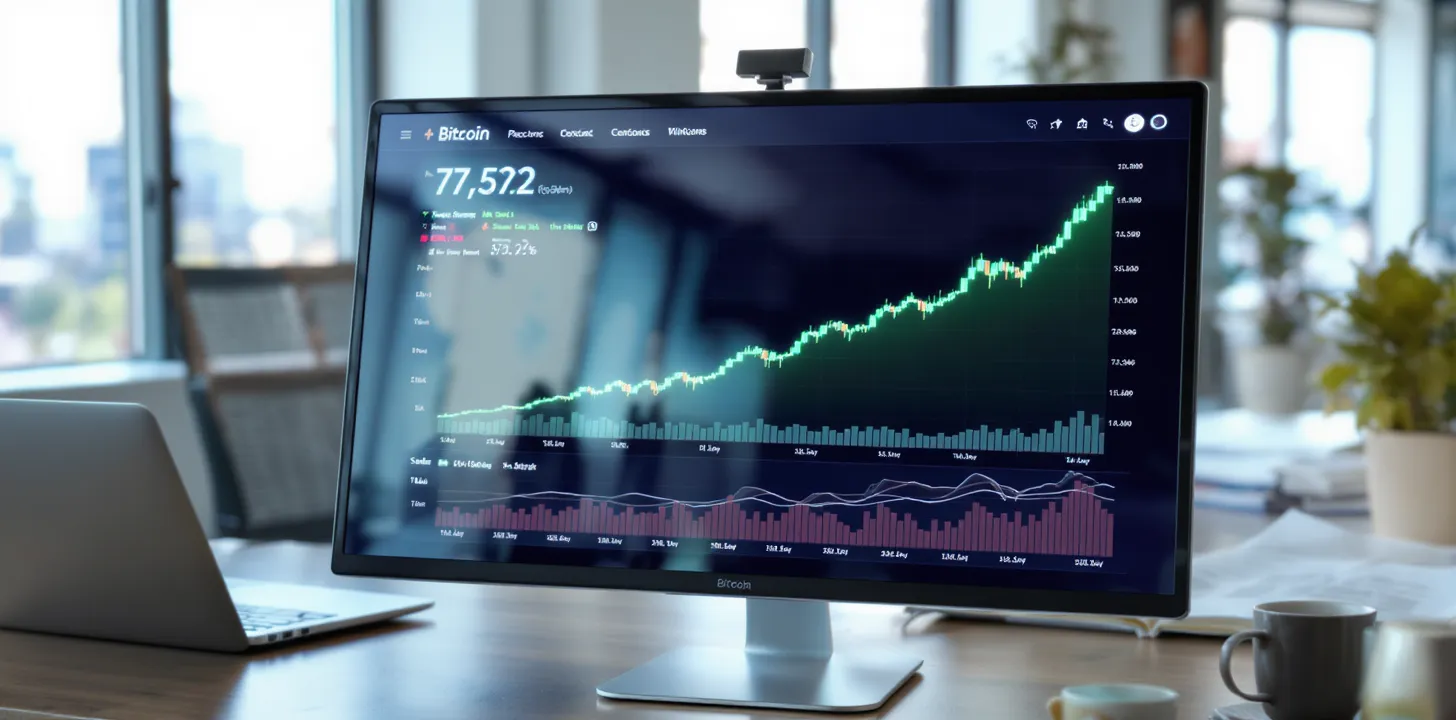Dollar Weakness and Gold’s Historic Surge Amid Escalating Trade Tensions
Overview of the Current Market Landscape
The global financial markets witnessed significant turbulence following the recent announcement by the Trump administration to impose a substantial 25% tariff on imported automobiles. This decision, though somewhat anticipated, arrived earlier than market participants expected, triggering a ripple effect across various asset classes. Notably, the muted response of the U.S. dollar has raised critical concerns, highlighting potential vulnerabilities ahead.
The Dollar’s Subdued Reaction: A Warning Signal
Contrary to expectations, the dollar’s response to the imposition of auto tariffs was considerably subdued. Initially, there was a brief uptick as traders reacted to the news; however, this rally quickly dissipated, leaving the greenback trading below pre-announcement levels. This reaction signifies a critical red flag for investors as it suggests underlying bearish sentiments and doubts regarding sustained dollar strength.
Short-term factors previously anticipated to bolster the dollar have provided only minimal support, indicating that market participants are eager to sell into dollar strength. The dollar’s inability to sustain gains in light of ostensibly positive news underscores growing concerns regarding U.S. economic stability and global trade relations.
Technical Outlook: EUR/USD and USD/JPY Analysis
EUR/USD demonstrated resilience by holding firmly above the critical 200-day moving average at 1.0727, which served as a robust support level, reassuring bullish traders. Furthermore, technical indicators such as daily and monthly RSI support the bullish outlook, suggesting potential upside momentum.
Conversely, USD/JPY faces significant resistance near the March high at 151.30, with further barriers around the 151.60-152.00 range. Given the inability to breach these levels, the risk remains skewed towards downside potential for the dollar, further supporting bearish sentiment.
Gold: Investors Rush to Safe Havens
Amid escalating geopolitical and economic uncertainty triggered by tariff tensions, gold surged to historic highs, underscoring its status as the ultimate safe-haven asset. Spot gold reached an unprecedented peak at $3,059.30 an ounce, while gold futures touched $3,071.30, signaling widespread investor anxiety.
This dramatic increase in gold prices can largely be attributed to fears surrounding the potential economic fallout from retaliatory measures by other nations. Canada, the European Union, and other key trading partners have signaled their readiness to implement reciprocal tariffs, escalating fears of a broader trade war and potential global economic slowdown.
Drivers Behind Gold’s Rally
Central banks and significant inflows into exchange-traded funds (ETFs) continue to underpin gold’s robust performance. Analysts and strategists, such as Bob Haberkorn of RJO Futures and Phillip Streible from Blue Line Futures, attribute the rally primarily to heightened market uncertainties and a sustained low-interest-rate environment. Goldman Sachs recently revised their gold forecast upward, anticipating prices to reach as high as $3,300 per ounce by the end of 2025, driven by sustained central bank demand and ongoing ETF inflows.
Silver and Other Precious Metals
Silver, often seen as gold’s less volatile companion, also reached notable levels, climbing to its highest price since October 2024, reaching $34.27 an ounce. This suggests broader bullishness within the precious metals market as investors diversify their portfolios to hedge against uncertainty.
Meanwhile, platinum and palladium experienced modest gains, indicating continued, albeit cautious, investor interest across precious metals markets. This broad-based interest signals that precious metals remain critical to portfolio hedging strategies amid geopolitical volatility.
Equity Markets React: Mining Stocks Benefit
The surge in gold prices positively impacted mining companies, propelling stocks upward. Shares of notable gold producers such as Newmont, Gold Fields, AngloGold Ashanti, and Harmony Gold experienced considerable gains, reflecting investor confidence in the sector’s continued profitability amidst rising commodity prices.
Anticipating Upcoming Economic Indicators
Investors are keenly awaiting the release of the U.S. Personal Consumption Expenditure (PCE) data scheduled for Friday. This report will provide vital insights into consumer spending and inflationary pressures, influencing the Federal Reserve’s future monetary policy decisions. Given recent market turbulence, expectations are heightened that softer data could reinforce prospects for future rate cuts, providing additional momentum for gold prices.
Final Assessment and Outlook
The current market dynamics reflect heightened uncertainty driven primarily by trade tensions and geopolitical risks. The dollar’s lackluster response to ostensibly supportive news highlights fundamental weaknesses and persistent market concerns regarding economic stability.
Conversely, gold’s extraordinary rally underscores its position as an essential risk management tool amid increasing volatility. Investors, central banks, and financial institutions continue to reinforce their positions in precious metals, suggesting sustained momentum in the short to medium term.
Looking ahead, investors must closely monitor developments in U.S. trade policy, retaliatory measures from international trading partners, and critical economic indicators such as the forthcoming PCE report. These factors will collectively shape market trajectories, influencing investment decisions across asset classes, particularly in currencies and commodities.
In summary, cautious optimism for gold and related assets is warranted, while vigilance is advised for dollar-exposed positions as markets navigate uncertain waters.



